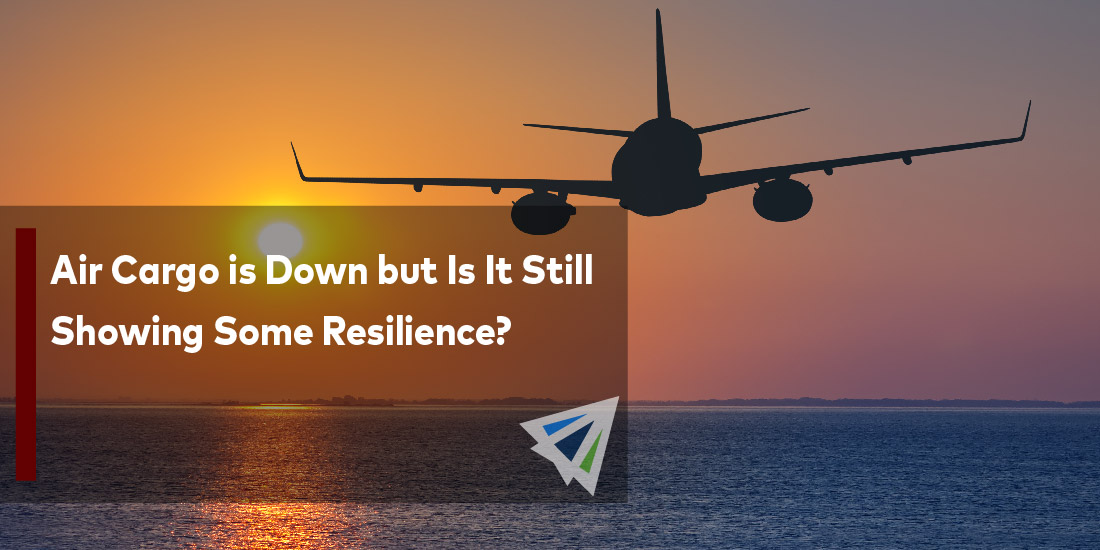Air Cargo is Down but Is It Still Showing Some Resilience?
During the key parts of the pandemic, the air freight industry was pushed to the forefront. Now, even with holiday season approaching there have not been many signs of a peak season for the air cargo industry. Rates are continuing to decline, while global economic clouds loom over demand and the recovery of passenger travel continues to rise.
No Signs of Peak Season in Air Cargo
The air cargo industry this year has not really shown signs of a peak season.
Back in August – typically the weakest month for international cargo via air – air cargo business started to slow. Data showed the airfreight market last month contracted 5% year-over-year, and 4% compared to pre-pandemic levels, as shipping rates continued to dwindle. But many still had hopes that with the upcoming holiday season, that it would bounce back.
At the end of September, air cargo rates out of Asia plunged – many say this is because of the slowing of demand, an increase in available capacity as long-haul travel picks up, and shippers are moving back to ocean carriers as port congestion eases and as ocean rates have dropped significantly since the start of the year.
Future of Air Freight Demand
Many experts are saying that because of the elevated costs of living, global economic growth slowing down, a continued decline of new export orders, airport congestion, and high inventories for (some) retailers, are all things weighing on air cargo activity.
Additionally, warehouse rents near cargo airports are increasing, as more expectations for fast delivery of high-value products has fueled the demand for more warehousing near airports, as well as tenants being forced to pay more premiums for rent, a report from CBRE shows.
Data is showing that the average rents for warehouses within a 5-mile radius of major airports is nearly 20% higher than the average for the region – according to FreightWaves, the analysis covered the 20 busies U.S. airports for airfreight.
This is significant because warehouses that are closer to airports are more attractive to shippers who need the use of speed that airfreight provides, for the transport of their shipments.
Additionally, Boeing CEO Dave Calhoun feels optimistic that air cargo will get back to its earlier pace of growth. He told CNBC, “I don’t think it’s going to give back share to other forms of transportation.”
Boeing also has plans to sell freighter versions of their newest wide-body planes – which are more fuel-efficient compared to its older cargo planes.
Furthermore, U.S. inventories are outpacing sales and limiting the expected growth of air imports in the short term. But, even with the year-on-year decline, U.S. air imports are still on track to equal 2021, the Loadstar reports.
Looking Ahead
Should you have any questions regarding this and how it could impact your shipments, please reach out to our team today. Additionally, we have our weekly market updates that can provide you with relevant freight news, updates, developments across the industry, and more.
